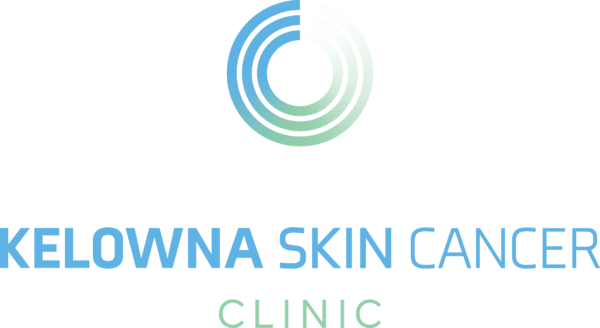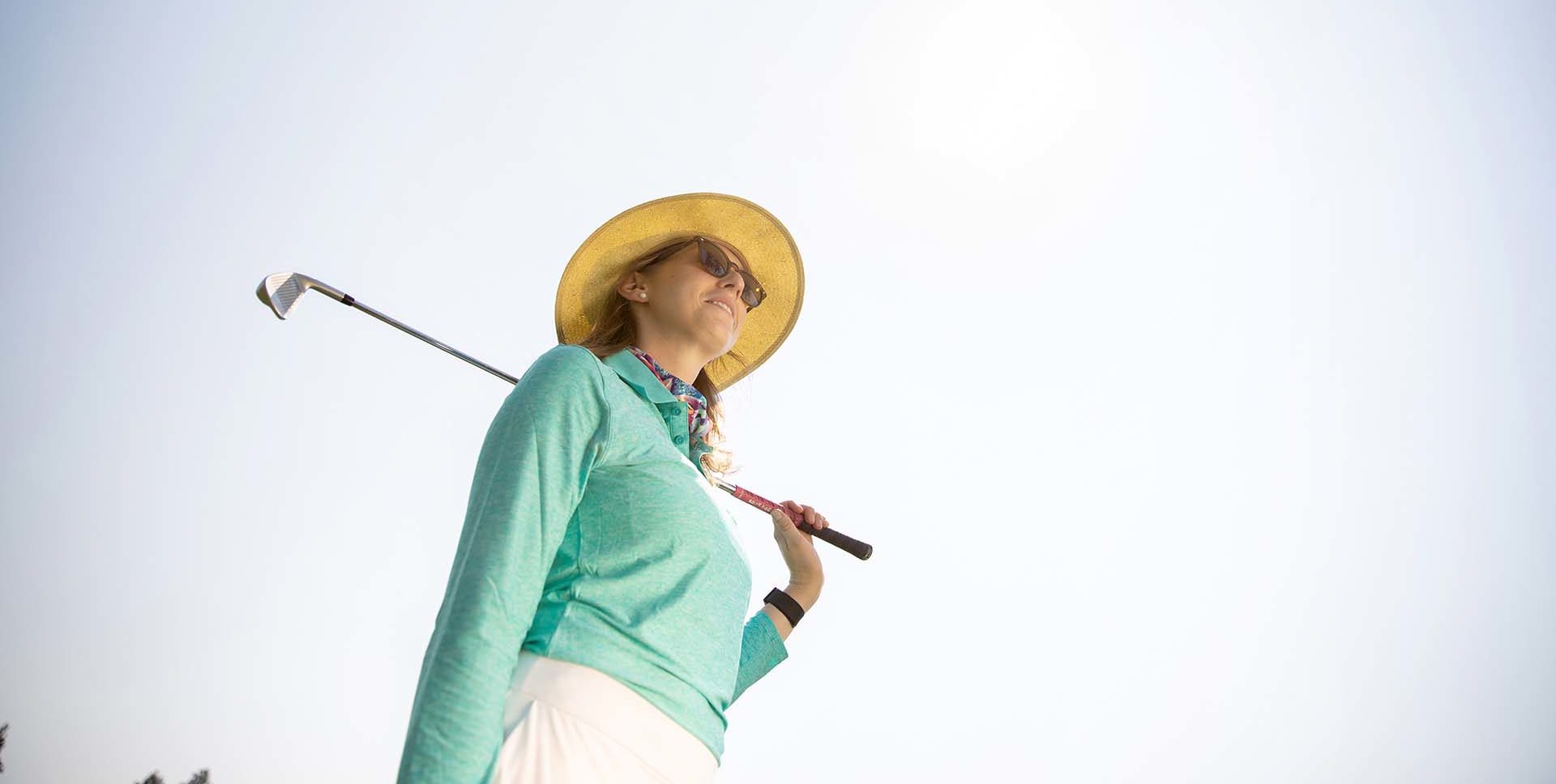Preventing Skin Aging with Face and Neck Sun Protection
Many people spend time and money searching for effective anti aging skincare routines. Ironically, one of the simplest and most reliable ways to protect your skin is something many of us overlook: wearing a hat. Sun protective clothing and accessories are widely available, and many offer built in UV protection.
In this article, we look at what contributes to visible skin aging and explain how sun protection for the face and neck can support healthier looking skin over time.
The sun’s more powerful than you think
Canadian summers are beautiful, and many of us spend long days outdoors or travel to warmer destinations during winter. The sun plays an important role in our mood and health, but its ultraviolet (UV) rays can also damage the skin.

UV exposure is known to increase the risk of skin cancer. It can also contribute to changes in the skin that many people associate with aging. Johns Hopkins Medicine explains that while sunlight helps the body produce vitamin D, unprotected UV exposure can damage the skin, eyes, and immune system.
Below are some of the ways UV radiation affects the skin’s appearance.
Premature wrinkles
When UV light reaches unprotected skin, it can damage collagen and elastin. Wrinkles and fine lines often appear earlier in people who have had significant sun exposure.
Research shows that a large percentage of visible sun related aging is preventable. Some estimates suggest that up to 90 percent of the changes we associate with skin aging are linked to UV exposure.
Skin discolouration
Dark spots, freckles, and uneven pigmentation can develop with repeated sun exposure. These changes occur when the skin produces melanin to protect itself from UV radiation.
Actinic keratosis
Actinic keratoses are rough, scaly patches caused by long term UV exposure. They are considered precancerous and can develop into squamous cell carcinoma if untreated. To learn more about actinic keratosis and other sun related skin conditions, visit our Skin Cancer 101 page.
It’s not too late to protect your skin
A general model of cumulative sun exposure shows how it increases over time:
| Ages | Average Accumulated Sun Exposure* |
| 1-18 | 23% |
| 19-40 | 47% |
| 41-59 | 74% |
| 60-78 | 100% |
*Based on a 78 year lifespan. Values are approximate and vary by lifestyle, geography, and outdoor activity.
The good news is that adopting sun safe habits at any age can help reduce additional damage moving forward.
Get to know your options

Sun protection involves more than sunscreen. Several tools and habits can reduce UV exposure to the face and neck.
- Facial SPF. Daily use of broad spectrum sunscreen can reduce UV related skin damage. Lightweight liquid formulas are common, and many are designed for everyday use. For guidance on choosing sunscreen, visit our Sun Protection Tips page.
- Hats and visors. Wide brimmed hats, bucket hats, and legionnaire styles offer good coverage. Baseball caps and visors protect less of the face and do not cover the ears or neck. To learn more about choosing a sun hat, see our Sun Hats for Every Adventure article.
- Sunglasses. UV radiation can contribute to eye conditions such as cataracts. Sunglasses labeled UV400 or that block 100 percent of UVA and UVB rays help protect the eyes and the skin around them.
- Neck protection. The neck is frequently exposed and often overlooked. Choose hats with a neck flap or wear breathable neck gaiters during outdoor activities.
Questions about sun protection?
At Kelowna Skin Cancer Clinic, our focus is on education and prevention. It is never too late to adopt sun safe habits. If you have questions about sun protection or want information tailored to your needs, you are welcome to contact the clinic for guidance.




